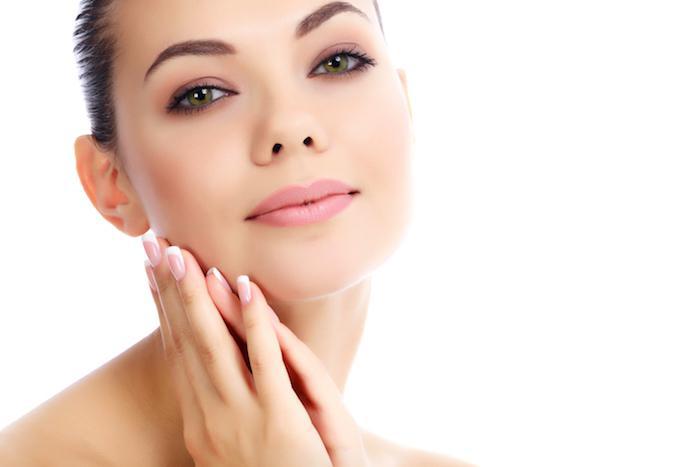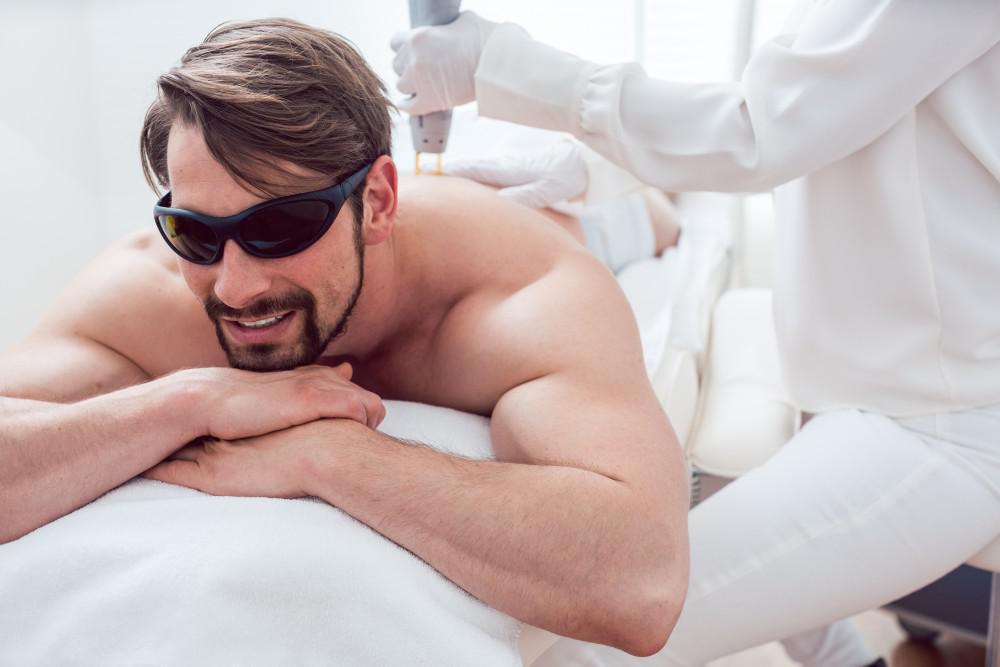An eye cream is a type of moisturizer designed specifically for the delicate skin around the eyes. It’s true that some people use a general face cream in this area, but others believe it requires extra care.
If you’re looking to add an eye cream to your beauty regimen, hydrating and moisturizing are two key features to seek out. But eye creams can do so much more.
ENVY Skin Clinic is a medspa Bloomington are passionate about helping you make your skin the best it can look. Do eye creams really work? Here’s what the experts have to say.
What eye creams can do
Since the skin around your eyes is more delicate than the rest of your face, it’s no great surprise that this area is one of the first places to display the fine lines and wrinkles that come with getting older. But unlike the forehead or lips or cheeks that can withstand injections of Botox® or dermal fillers to smooth out the creases, the eye area can’t. Hence, the eye cream.
Since there are fewer oil glands in the undereye area, the skin is prone to drying out quickly, That means using a hydrating formula is incredibly important.
Some experts believe the ideal eye moisturizer contains:
- Humectants, such as hyaluronic acid and glycerin, bind water to skin.
- Emollients, such as ceramides and fatty acids, help improve skin texture and appearance.
- Occlusives, like beeswax and mineral oil, prevent water from evaporating through skin.
Since the benefits of these components are well-known, you’re likely to have an easy time finding an eye cream that contains them.
Eye creams can also reduce the appearance of fine lines and wrinkles that occur from decreased collagen production — the protein that gives our skin strength and resilience — and sun or environmental damage.
To reduce fine lines and wrinkles, choose an eye cream with:
- Peptides: short amino acid chains that build collagen and hyaluronic acid
- Retinol (a form of vitamin A): increases skin elasticity by speeding up cell turnover and collagen production
- Vitamin C: an antioxidant to reduce signs of sun damage
Hydration can also temporarily reduce the appearance of fine lines. A 2017 study demonstrated an improvement in the skin 15 minutes after applying a hydrating cream, with the decrease in fine lines lasting for at least 56 days.
What eye creams can’t do
Eye creams are good at fine lines and wrinkles, but they can’t adequately address under eye puffiness. The results are temporary, and they require caffeine. If the creams contain a high concentration of caffeine, it constricts the blood vessels leading to the eye area and decreases puffiness.
A small 2009 study found that eye cream with caffeine helped minimize the appearance of wrinkles and smooth out the skin.
Eye cream also can’t take away dark circles, which in many cases are genetic, but you have plenty of other options. The easiest is a tinted moisturizer. It provides the benefits of an eye cream while also acting as a concealer to hide dark circles. Longer-lasting solutions, such as chemical peels or lasers, involve talking with your doctor about what’s appropriate for you.
If you’re interested in getting started with an eye cream, we offer the SkinMedica line of products in-office or directly on our website. If you’d like to learn more about eye creams and what they have to offer, schedule a consultation with one of our providers.



